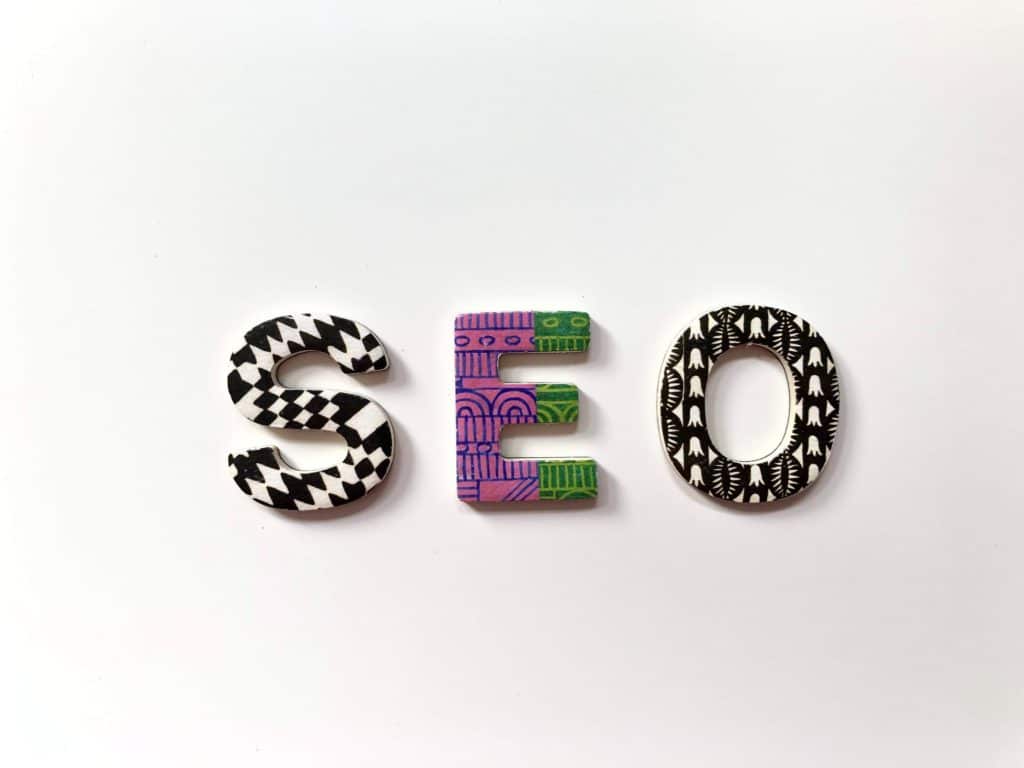
So you’ve finally started your own business, dealt with all the paperwork, finalized the hiring, built a website and… realized you have no more money for marketing. Sure, miscalculations of this magnitude are not a daily occurrence, but they are far more common than everything going exactly according to plan.
Luckily for you, Search Engine Optimization might be able to help you out, as long as you don’t set your hopes up too high, and realize that this branch of inbound marketing requires just as much strategizing, time and effort as most of the other. It’s advantage, however, is that you can do a lot of that work on your own, even without advanced technical knowledge, and achieve at least some brand visibility before you have the money to hire someone to do this for you full-time.
Here are some essential on and off-site modifications and tactics that you can implement on your own, or with a bit of help from your webmaster.
On-site SEO
On-site SEO refers to all the changes that you are making directly on your website to help it rank better in the SERPs (search engine results pages). Ensuring that this segment of your promotional efforts is impeccably handled is essential for the rest of your campaign, as on-site creates a solid base for everything that is to follow. In other words, even the most creative and successful off-site tactics won’t do you any good if your site has unresolved issues.
So, what are the most important elements of on-site that you need to take care of?
1. Inner linking structure
Your information architecture needs to make sense to both crawlers and people who visit your site. Ensuring that your homepage is linking just to the pages you want to boost, that the site is easy to navigate, and that the focus is placed on its most important segments, is the first step in ensuring that the search engines will recommend you over your competitors.
2. Crawlability
So, let’s say a search engine’s crawler came upon one of your pages – you want it to have unobstructed access to all of the other ones, don’t you? Well, yes and no. Like we mentioned in the previous section, not all of your pages are equally important, and even some of the important ones don’t need search visibility. In order to ensure that crawlers focus on the ones that do, you can always add the ‘noindex’ tag to the head elements of the pages you don’t need showing up in search, ensuring that Google’s crawlers will skip them (not everyone’s crawlers are equally respectful of this tag).
Now that you’ve taken care of them, it might be time to help the crawlers (and visitors) even more by creating a sitemap that will allow them to easily find, scan and index all of the important pages on your site.
3. Broken links
Also related to crawlability, but equally important when it comes to users, search engine robots just like actual visitors are repulsed by dead ends and 404s, so you should ensure that you don’t have any. One of the best ways to do this is to either make use of the Fetch as Google option in your Search Console, or to install a web scraper which will go through all of the links found on your site and give you status codes for all of them. Apart from broken links, this will also help you detect faulty redirects and other issues. While there are plenty of these tools out there, we heartily recommend Screaming Frog’s SEO Spider, as even its free version is very easy to use, and yet rather versatile and feature rich.
4. Page speed
Consumer attention spans and patience are dwindling, and pages that take more than two seconds to load can’t really keep their interest. Likewise, search engine crawlers might start visiting your website less frequently if they have to wait around before being able to access a page. Some of the things you can do to improve your loading speed include:
- Getting better hosting, with servers closer to your target audience, or complemented with a Content Distribution Network, which would ensure that your site is equally fast, regardless of where the traffic is coming from.
- Reducing the number and the size of the images on your site, and ensuring that you are not hosting video materials yourself, but merely embedding videos located elsewhere.
- Combining page JavaScript and CSS elements to reduce the number of HTTP requests made to your server.
- Getting rid of all the unnecessary clutter on you website, like superfluous plugins and unused third-party extensions.
5. Meta elements
If you want the search engines to know which of your pages are relevant for which keywords, you would do well to provide them with this info by writing appropriate page meta titles and descriptions, mentioning (but not overusing) those keywords. Along the same lines, your images should be complemented with the appropriate alt text describing their content.
6. Minimalist design
Everything about this style is SEO friendly, from the moderation in the number of site’s pages and elements on those pages, to the layout which suits the small screens of mobile devices as well as is it does the larger ones on desktop or laptop PCs. While this might require some more work, the easiest place to start is by checking out how others are doing it. There are plenty of reliable websites offering lists of best web design solutions, sometimes even classified by industry and niche, which you can use for inspiration. In this particular instance, you can even use the site to hire an agency that would do all that work for you, should you find the budget.
Off-site SEO
While there is more to be said about on-site, following the suggestions above should already suffice to ensure that Googlebot won’t turn its head in disgust once it reaches you, now all you have to do is to help it find you. While there are other off-site techniques, link building is by far the most popular and the most effective one. However, just like on-site, if not executed properly, it could stand to harm your exposure much more than it was ever able to help it.
The first thing you need to remember is that just because you can get a link from a certain site, it doesn’t mean that you should do so. The site you are thinking about contacting for a link has to be relevant, i.e. topically related to yours; has to be of decent quality and indexed – which you can check by Googling it with a site: prefix immediately before its complete domain; and has to be spam free, as much as possible. So, if you come across a website with ton of ads above the fold, which has nothing to do with what your site is about, and which seems like it has been put together only to earn some money through black-hat schemes, it might be best if you skipped it.
Even once you’ve found a perfect site, there is still room for error. One of the most common mistakes, just like with on-site, is overdoing it with the keywords you are trying to rank for. While you do need incoming links with appropriate anchors to rank, if Google notices that most of your anchors are using the same limited set of exact match keywords, they will remove you from their SERPS faster than you can say ‘Penguin’. Likewise, don’t make the mistake of creating links exclusively to your homepage, give your other pages some love as well.
Local SEO
Made up of both on and off-site tactics, local SEO is only of interest to those with a physical location, but to them, it is absolutely essential. If you want any kind of success in this regard you need to ensure that your contact details on the site are in order; that your Google My Business entry is as complete and accurate as possible; that you have listings in all the major web directories (Foresquare, Yelp…); and that your NAP (Name, Address, Phone) details are uniform across all of your online assets – the site itself, directory listings, listings on partner websites… If you take care of all of this, and try to get some local exposure with reputable online sources (local papers, Better Business Bureau, etc.) it shouldn’t be long before your site starts coming up for local searches.
Conclusion
SEO can be an amazingly effective marketing tactic while staying relatively cheap, just as long as you know what you are doing. Making sure that your site is perfectly functional; with no broken links, superfluous pages or images; that all of the important pages have their meta elements in order and that they are fast to load; as well as that your site is generally crawler-friendly will create a solid base for the rest of your promotional efforts i.e. link building. You just need to remember that getting greedy with any of these tactics is likelier to get you removed from the SERPs than to help you prosper, and you should be able to see your customer base grow in no time.

I’m a Business management student who specializes in e- commerce and startups. In my spare time I write about business and technology (I got featured on VentureBeat).
Leave a Reply